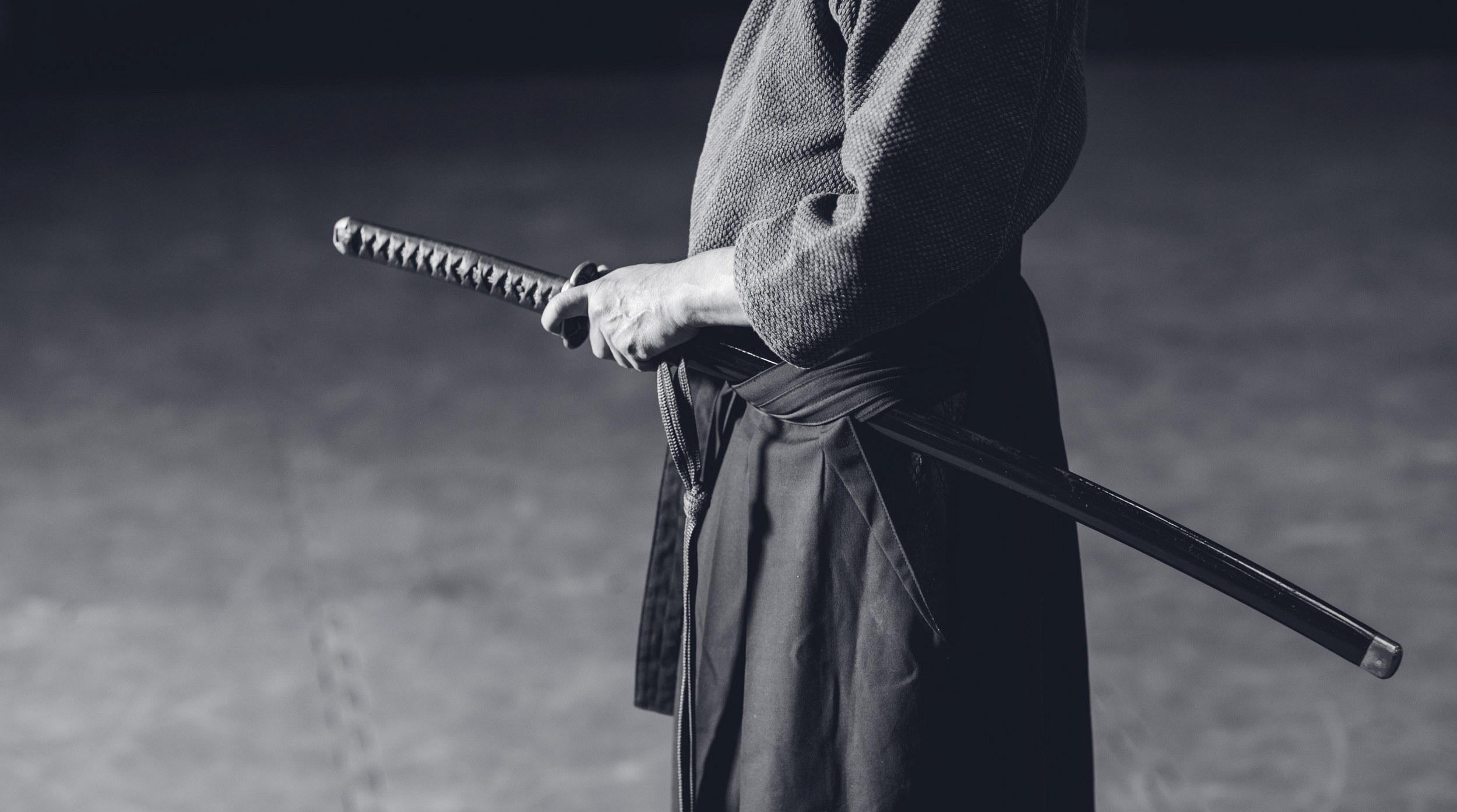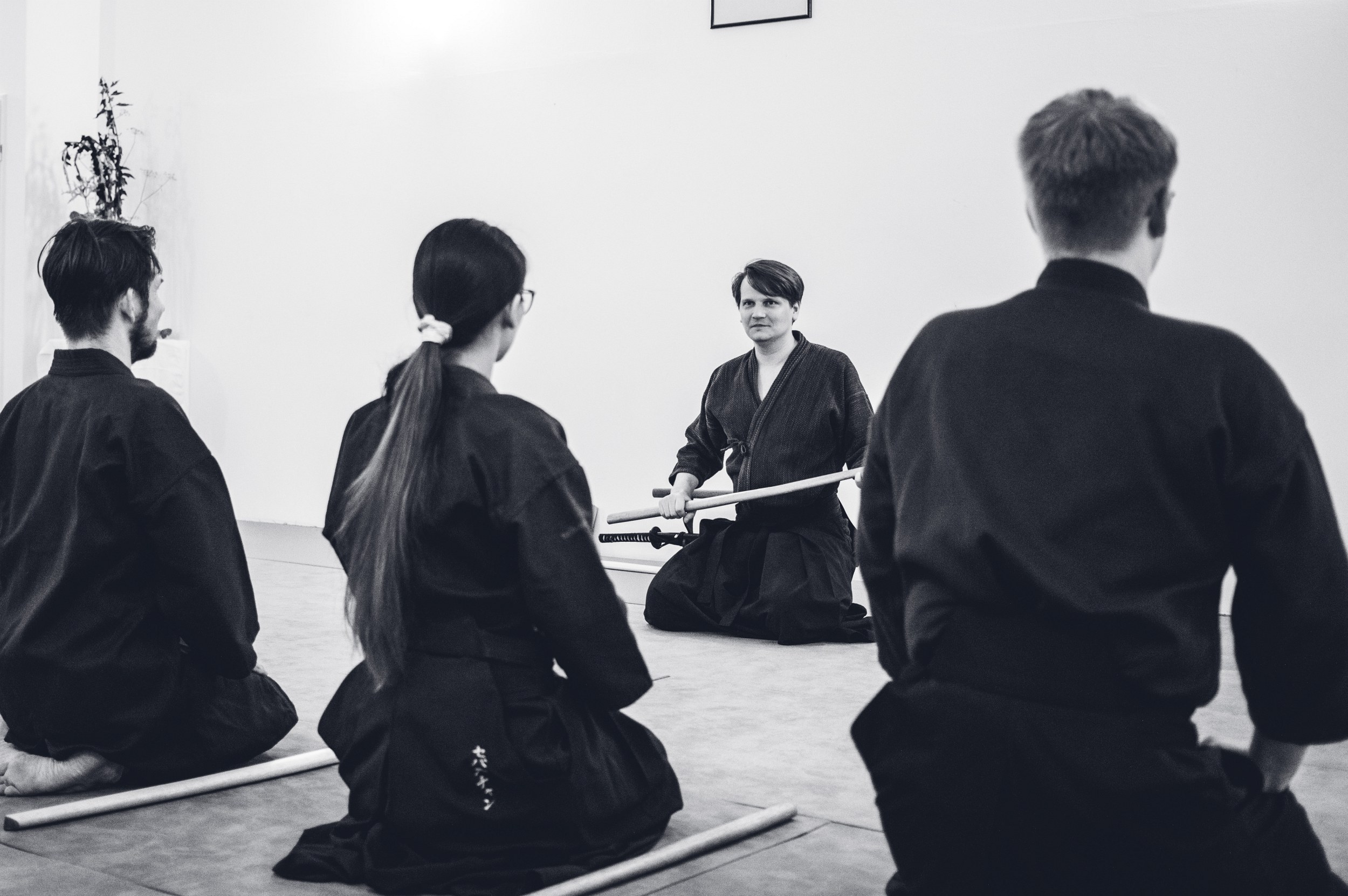
What is Katori Shintō-ryū?
Katori Shintō-ryū is one of the oldest Japanese sword fighting traditions (koryū) that still practised today and is an officially recognized ryū of the Nihon Kobudo Shinkokai (Classical Martial Arts Promotion Association). The school was founded in the middle of the 15th century by Iizasa Chōisai Ienao at the Katori Shrine (Katori jingū) and has become the origin of numerous other martial arts schools over the course of its almost 600-year history.
In 1960, through the efforts of Hayashi Yazaemon Shihan and Otake Risuke Shihan, Katori Shintō-ryū was awarded the status of Intangible Cultural Asset of Chiba Prefecture by the Chiba Prefecture Office of Education, Department for the Promotion of Education, Section for Cultural Assets. The tradition was the first martial art in Japan to be designated as such. Otake Nobutoshi Shihan holds the official title of Guardian, as designated by the authority of the Chiba Prefecture Office of Education.
Please visit the Japanese Official Website of Katori Shintō-ryū here.
Entering the Tradition
Katori Shintō-ryū used to apply stringent limitations on prospective members. In recent years, however, with the relaxing of these rules, the ryū has experienced significant growth in membership. This expansion has been facilitated by recently appointed shidosha (country representatives) all over the world. There are now a number of shibu (official branches) in several European countries, as well as in Russia, South America, China, and Southeast Asia. An increasing number of visiting foreign enthusiasts now spend periods of up to a few weeks at the Shinbukan dojo in Japan, no longer excluded by the historic rules.

Blood oath: Keppan
Before beginning any training in Tenshinshō-den Katori Shintō-ryū, every prospective pupil has to sign an oath of allegiance to the school. This is done through a keppan (blood oath) to support the kishō or kishōmon (pledge). The practice ensures that aspirants understand the correct attitude required for entry and study within the tradition. This blood oath, transmitted through generations, reinforces the seriousness and commitment expected from students.

For more information about the oath and entering this tradition, you can visit the official Japanese website or email the Shidosha of Germany here.
Once completed, the applicant is recognized as a member, or monjin, of the tradition. The pledge serves to teach them the correct approach toward the tradition, headmaster, and master instructors, and instills the proper attitude for beginning the learning process.



